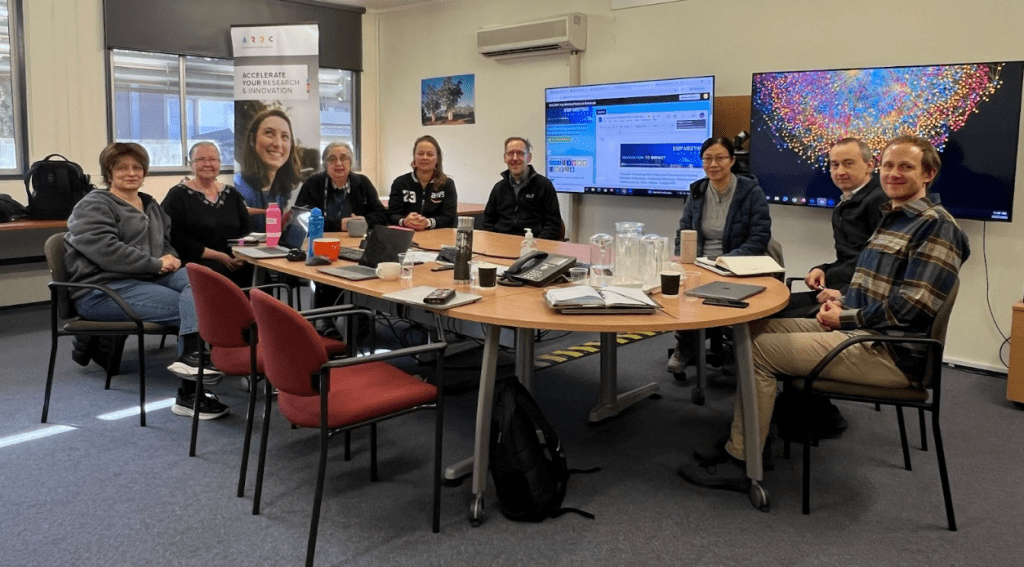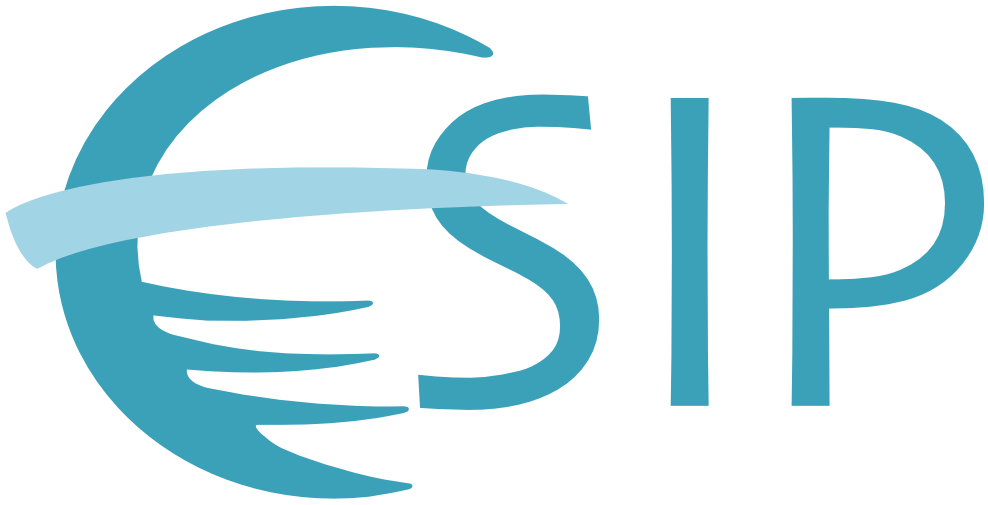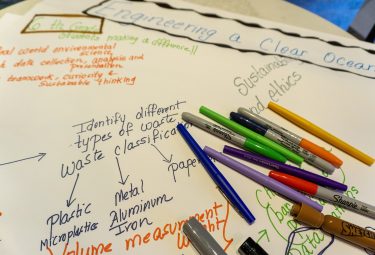DEADLINE EXTENSION: Submit your session proposal for the January 2026 ESIP Meeting! Deadline: November 20. Learn more.
Hub-and-Spoke Remote Meetings Could Be a New Model for Collaboration

Last month, the ESIP July 2025 Meeting embraced a new approach to hybrid events with the trial of a remote “Hub and Spoke” model. While the main conference took place in Seattle, WA, a small but dedicated group of participants in Canberra, Australia came together to create a local workshop-style “hub.” They aligned and engaged with the main meeting’s virtual content while fostering in-person collaboration and networking. The experience was reported to be a resounding success, offering insights into the future of models like this for scientific meetings.
The Canberra Hub's primary goal was to participate in the ESIP Meeting while also connecting with local colleagues and exploring what a “Hub Hybrid” model could look like. The event was intentionally kept low-cost and small-scale. Attendees enjoyed networking in a collaborative environment that was both effective and enjoyable.
A key strength of the Canberra Hub was the diversity of its participants. The group, consisting of eight in-person attendees and one online participant from Melbourne (the “spoke”), included people with a shared interest but differing perspectives. This mix of expertise enriched discussions, insights, and connections.
The small size of the group was also an advantage, as it was manageable at a low cost but still large enough to facilitate meaningful conversation. In fact, the participants reported that a group of around 10 people seems to be an ideal starting size, as it fosters collaboration without becoming a “mini-conference” in itself.

The logistics of the event were lightweight and efficient. The Australian Research Data Commons (ARDC) provided the venue, along with morning and afternoon teas, while Amazon Web Services (AWS) sponsored the lunches, eliminating additional costs for attendees. Participants registered as virtual attendees for the main ESIP Meeting and were able to engage with sessions in a flexible manner. ESIP staff provided recordings of morning sessions in Seattle occurring overnight for the Canberra group, which allowed them to watch and discuss key presentations together during their daytime hours. The Canberra group even led two virtual sessions that were aired synchronously in Seattle. This partially asynchronous approach proved to be a valuable way to overcome the barriers of a significant time zone difference.
The hub found creative ways to interact with the main meeting in Seattle. They renamed their Zoom connection to “Canberra Hub” and used a photo of the group as their avatar. They used Slack and session notes to engage with the broader audience. These efforts, though sometimes limited by the asynchronous nature of the interaction, demonstrated the potential for hubs to actively participate in and contribute to the main conference.
In the future, the Canberra Hub's success offers a roadmap for further exploring and refining this style of collaboration. The participants say improvements could be made such as establishing a small organizing committee to share the workload and incorporating additional local content like lightning talks, posters, or social activities. They also emphasize the value of having participants from different organizations to increase networking opportunities and perspectives.
The Canberra Hub proved that it is possible to create an effective and enjoyable conference experience that is both low-cost and highly engaging when aligned with a larger meeting. With minor improvements, this format can be scaled and refined for future events, perhaps with even more “spokes,” offering a promising new way for organizations like ESIP to foster community and knowledge-sharing on a wider scale.



